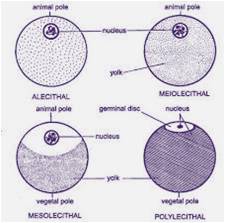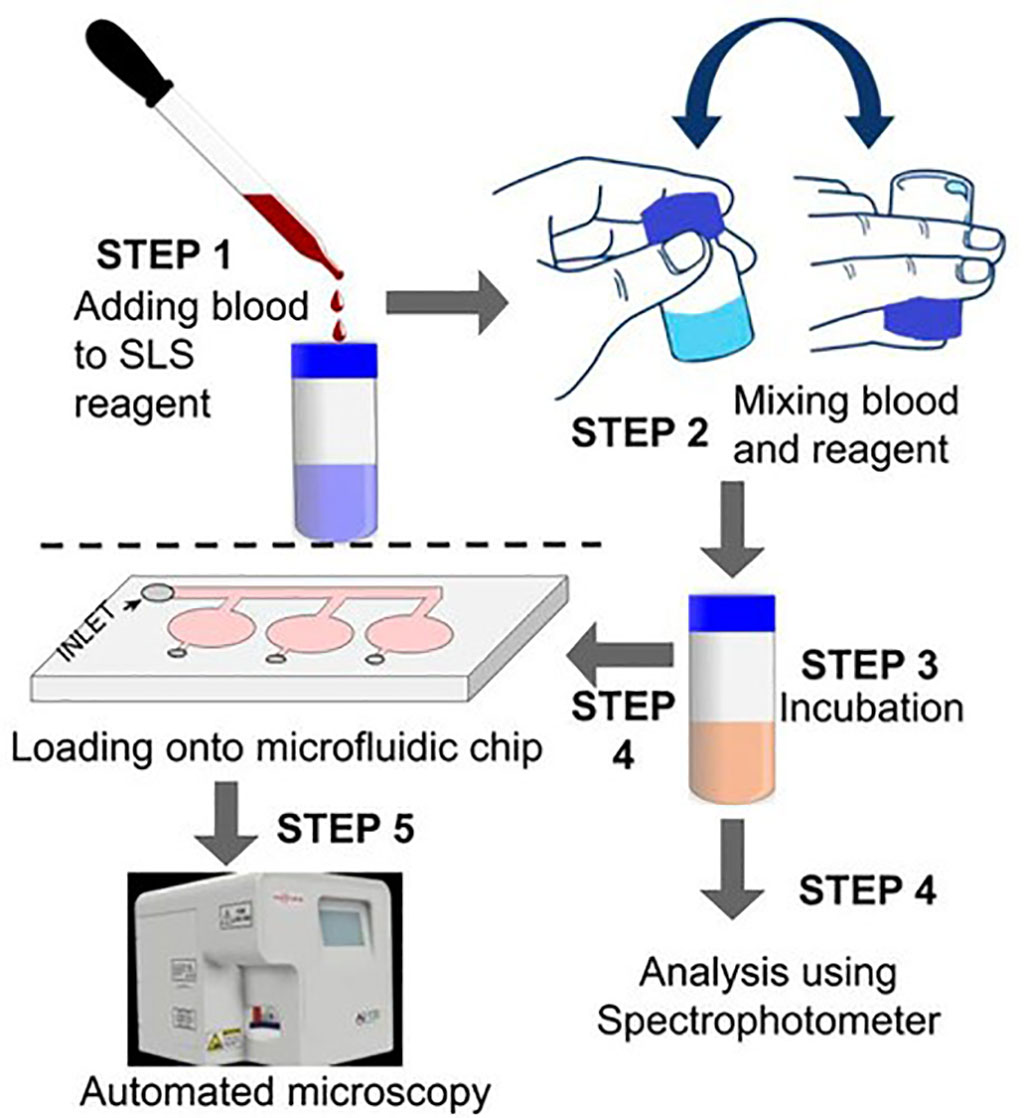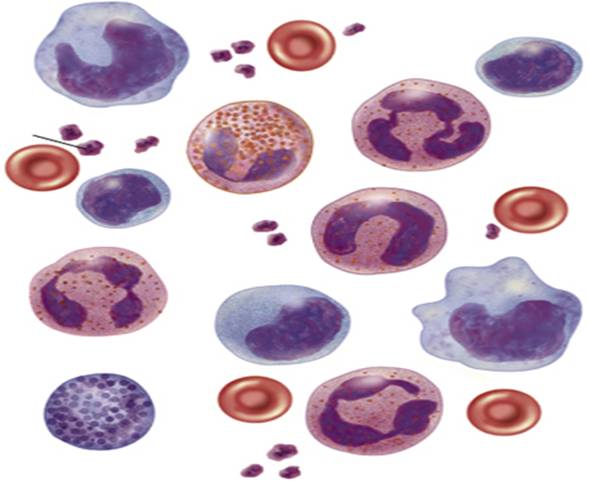Hemoglobin Determination Methods: Discover the various methods for accurate hemoglobin determination. Learn about the importance of hemoglobin analysis, commonly used techniques, and their applications. Hemoglobin determination methods are used to diagnose and monitor a variety of conditions, including anemia, polycythemia, and leukemia. They are also used to monitor the response to treatment for certain conditions, such as chemotherapy and radiation therapy.
Importance of Hemoglobin Determination
Hemoglobin serves as a crucial indicator of overall health, reflecting oxygen-carrying capacity and potential abnormalities. Accurate hemoglobin determination aids in diagnosing anemia, hemoglobinopathies, and other blood-related disorders.
Common Hemoglobin Determination Methods
Hemoglobin is a protein found in red blood cells (RBCs) that carries oxygen from the lungs to the tissues of the body. Hemoglobin determination methods are used to measure the amount of hemoglobin in RBCs.
Spectrophotometric Method
These methods measure the amount of light that is absorbed by hemoglobin. Hemoglobin absorbs light at a specific wavelength, which is due to the presence of iron in the protein. Spectrophotometric methods measure the amount of light that is absorbed at this wavelength to determine the amount of hemoglobin in the sample. This is a more accurate and precise method for measuring hemoglobin levels. In this method, a blood sample is placed in a spectrophotometer. The spectrophotometer measures the amount of light that is absorbed by hemoglobin at a specific wavelength. The amount of light that is absorbed is then used to calculate the hemoglobin level. ‘Hemoglobin Determination Methods’
Cyanmethemoglobin method (Colorimetric Method)
This is a colorimetric method that is widely used in clinical laboratories. In this method, hemoglobin is converted to cyanmethemoglobin, which has a characteristic blue color. The intensity of the blue color is then measured to determine the amount of hemoglobin in the sample.
Hemoglobinometer method
This is a simple colorimetric method that can be used to measure hemoglobin levels in the field. In this method, a drop of blood is placed on a special paper strip. The blood is then exposed to a chemical that converts hemoglobin to a blue color. The intensity of the blue color is then compared to a color chart to determine the hemoglobin level. ‘Hemoglobin Determination Methods’
Sahli’s method: A visual method that uses acid hematin as a standard to compare the color intensity of a blood sample diluted with hydrochloric acid. It is simple, cheap, and widely used, but it is not very accurate or reliable.
HemoCue method: A portable hemoglobinometer that uses a microcuvette containing a dry reagent to measure the absorbance of a blood sample at two wavelengths. It is rapid, convenient, and easy to use in field settings, but it is costly, requires calibration, and may give erroneous results in some conditions.
Hemoglobin color scale method: A visual method that uses a color chart with six shades of red to compare the color of a blood sample mixed with a reagent. It is inexpensive, simple, and suitable for screening purposes, but it is subjective, imprecise, and affected by ambient light.
Advanced Techniques for Hemoglobin Analysis
High-Performance Liquid Chromatography (HPLC)
HPLC is a sophisticated technique that separates hemoglobin variants based on their affinity for the stationary phase. It provides accurate quantification of various hemoglobin types and is considered a gold standard in clinical laboratories.
Capillary Electrophoresis (CE)
Capillary electrophoresis employs an electric field to separate hemoglobin molecules based on their charge and size. CE offers high resolution, allowing for the detection of minor hemoglobin variants and providing valuable diagnostic information.
Conclusion
Hemoglobin determination methods play a pivotal role in assessing blood health and diagnosing various disorders. From simple spectrophotometry to advanced techniques like HPLC and CE, each method contributes to accurate hemoglobin analysis. Colorimetric methods are generally simpler and less expensive than spectrophotometric methods. However, spectrophotometric methods are more accurate and precise.
FAQs
What conditions can be diagnosed through hemoglobin determination?
Hemoglobin determination helps diagnose anemia, thalassemias, sickle cell disease, and other hemoglobin-related disorders.
How often should hemoglobin levels be checked?
The frequency of hemoglobin testing varies based on individual health needs and medical conditions. Consult a healthcare provider for guidance.
Are there non-invasive methods for hemoglobin determination?
While invasive methods like blood tests are commonly used, researchers are exploring non-invasive techniques like pulse oximetry for hemoglobin estimation.








